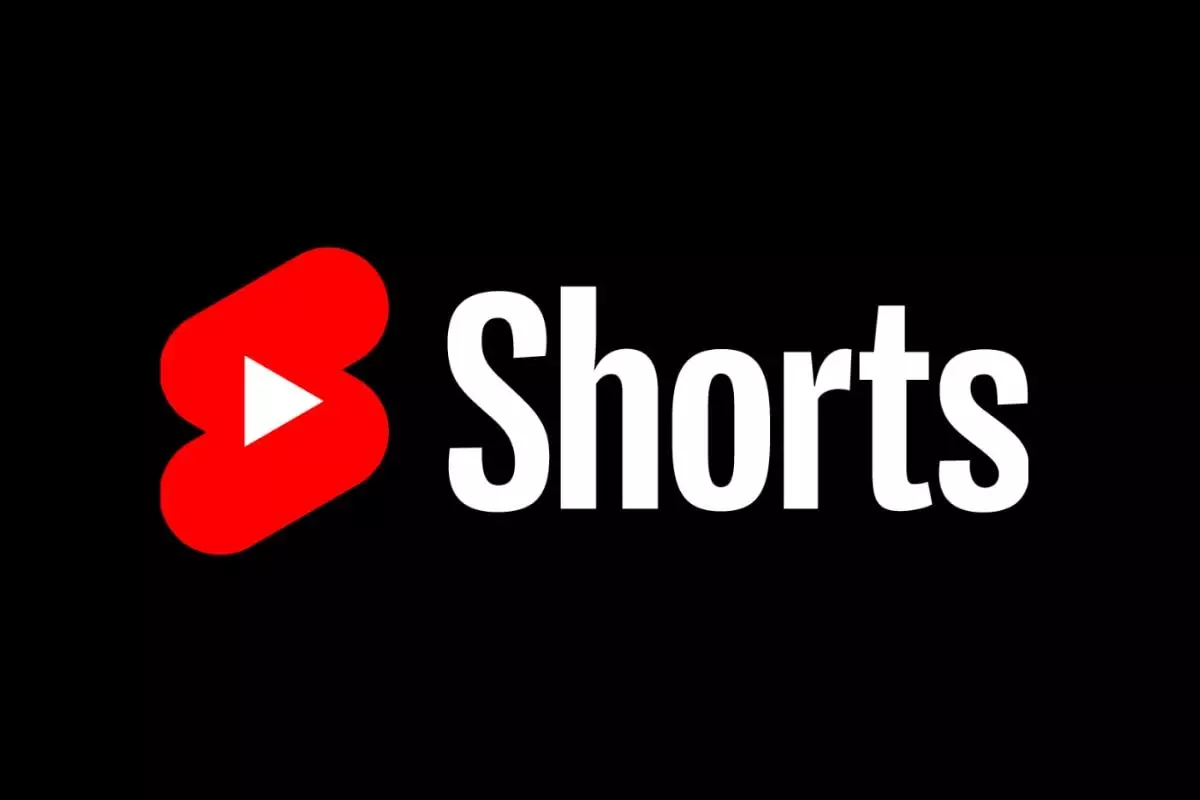Since its inception, YouTube Shorts has revolutionized the way users interact with video content. With its user-friendly vertical format, it has quickly become a preferred platform for amateur and professional creators alike. YouTube’s introduction of the Dream Screen feature marks a significant evolution in this format, introducing AI-powered backgrounds that enhance the storytelling capabilities of creators. Originally unveiled in June, Dream Screen promised a new wave of creative opportunities that leverage artificial intelligence to simplify the content creation process.
Initially, Dream Screen afforded creators the ability to generate AI-generated image backgrounds, broadening the creative landscape for those producing short-form content. However, YouTube recently took a leap forward by announcing a groundbreaking capability to generate video backgrounds alongside images. This development is crucial as it adds depth and dynamic elements to the Shorts format, allowing creators to craft more immersive narratives. This advancement further establishes YouTube’s commitment to pushing the boundaries of digital creativity within its platform.
As of now, the Dream Screen feature is in its experimental phase, accessible to a select group of creators located in regions such as Australia, Canada, New Zealand, and the United States. While this limited availability may create a sense of exclusivity and anticipation, it raises questions about equitable access for creators globally. The excitement surrounding this new feature is palpable, yet many interested users find themselves left out, eagerly awaiting broader access without any confirmed timeline from YouTube.
To utilize Dream Screen, creators must simply type a text prompt describing their desired background. This text input is powered by Google’s sophisticated AI video model, Veo, which was crafted by the pioneering minds at DeepMind. The user-friendly interface aims to make content creation as intuitive as possible, enabling users of all skill levels to participate. However, it’s important to note that, for now, the feature supports English-language prompts only, which may restrict non-English-speaking creators from fully engaging with this tool.
YouTube has underscored the importance of safety and ethics in its AI implementations. Dream Screen integrates various safeguards to prevent inappropriate content generation, aligning with the platform’s Community Guidelines. Additionally, the feature prohibits the creation of photorealistic images of identifiable individuals, an essential measure against the rise of deepfake technology which has raised significant ethical concerns in recent years. By prioritizing user safety, YouTube builds trust in its innovative tools.
Looking ahead, YouTube has hinted at the potential expansion of Dream Screen, with plans to enable users to generate six-second video clips specifically for Shorts. While no release date has been announced, this possibility could elevate the creative capacity and variety of content shared on the platform. As technology advances, it remains to be seen how Dream Screen will evolve and what further innovations YouTube may introduce to enhance the creative experience for its global community of creators.
YouTube’s Dream Screen is a promising step towards a more dynamic and creative future for Shorts, allowing users to explore new artistic avenues while keeping safety and ethics at the forefront.

